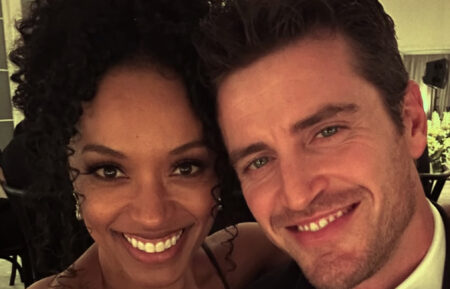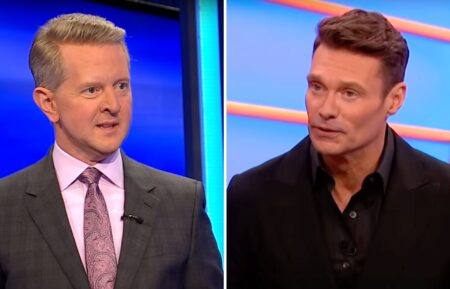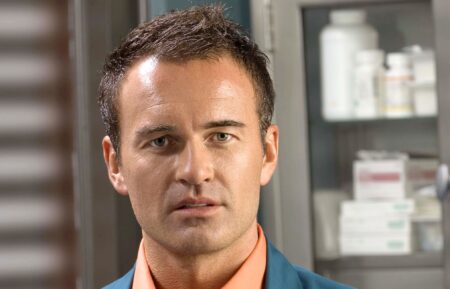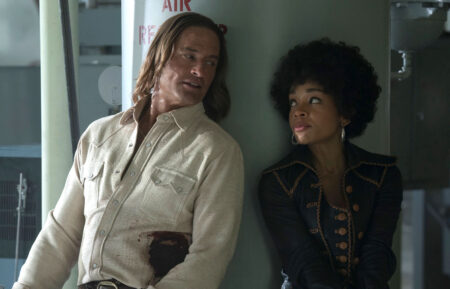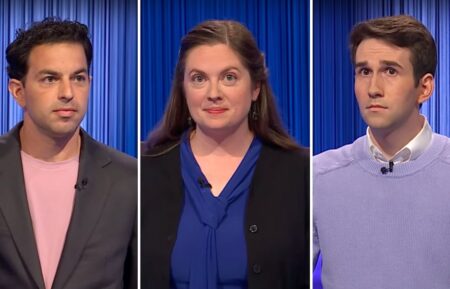Outrageous Acts of Science Finds the Truth Behind Amazing Viral Videos
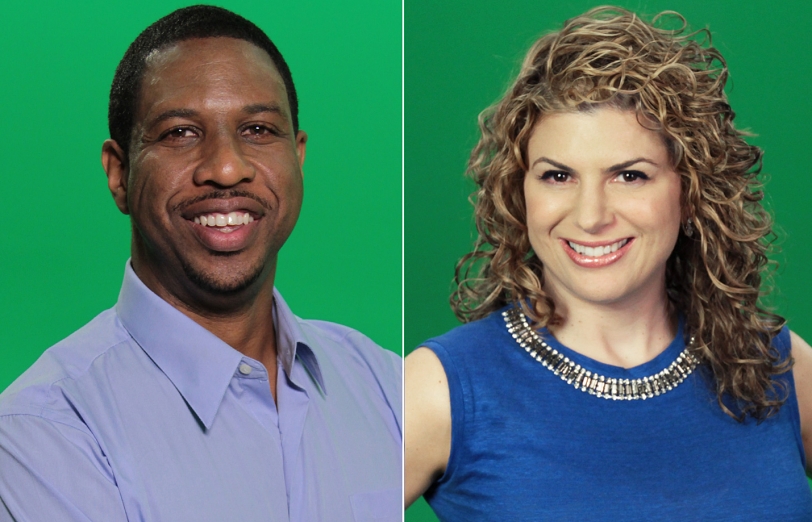
Strap on your goggles and prep your home laboratory kit: Outrageous Acts of Science is returning to break down more fascinating video clips from self-proclaimed scientists, over-the-top artists and extreme athletes defying gravity – sometimes literally. In this exclusive clip from the premiere episode, “Fact or Fiction,” you’ll see a man in Turkey doing perfect, consistent backflips so fast they can’t be real … can they? Hosts Hakeem Oluseyi and Debbie Berebichez find out:
[jwplatform TJ0lS59F-gdaXI0eR]
“The key thing is that he’s really flipping with his center and he makes sure that his hands and feet always land in the same place so that there’s minimal wasted energy. It requires great strength and precision to maintain the stability of the speed,” says astrophysicist Oluseyi. Adds physicist Berebichez: “This guy not only has incredible flexibility, but also the amount of control to always place his arms and legs in the same place, and what that means is, his center of mass, which lies around the stomach, doesn’t ever move. At a fixed point he’s able to not even get dizzy like others would.”
We picked the brains of Oluseyi and Berebichez , who’ve both been on the show since its inception four years ago, about their smarts, getting stumped, and what crazy stunts to expect when the show returns.
Why should people give your show a shot?
Berebichez: [People] generally think that science is something tedious and serious and requires a lot of work, and while all of that is true, there is an aspect to science that’s super playful. It’s all about the world, nature, being a game of discovery. To me, it’s going on a journey with us scientists who discover why nature works the way it does, and that to me is fascinating.
Oluseyi: It’s a really fun show, and somewhat of an outrageous spectacle, and if you’re not careful you might learn something.
Have there been any clips that completely stumped you?
Oluseyi: I’ve never been stumped yet. It’s absolutely true.
Berebichez: Even as scientists applying all the principles we know that govern nature, we can still get fooled by nature. Like, there was one that was this really large bird lifting toddlers for a few meters. For a moment, I believed it! But because I don’t have experience with what these birds can do, [I thought] maybe it’s real!
What’s the most shocking thing we’ll see on the show?
Oluseyi: Schlieren photography. It’s a photography that allows you to see the air, essentially. What you see is air that has different temperatures and densities, so you can see the dynamics of air. The videos show, like, a person holding an ice cream cone. Hot air rises and cold air sinks, so, there’s this flow of air downwards next to the ice cream cone. Or a person lighting a cigarette and all of the sudden you see the convective motions of the air. Just having that ability is really amazing.
Berebichez: One that I loved from a past episode was this invisibility-cloaking machine. It’s this professor who, using simple mirrors, makes his kids invisible.
How’s the fan reaction been?
Oluseyi: I get a lot of love from India, and Australia, and all over Africa. There are so many people that watch the show and write in that they have a renewed—not just interest, but passion in science. I get emails; people come up to me. Even kids are like, “I wanna be you,” and that’s amazing, because I grew up being me, and nobody wanted to be me.
Berebichez: I’ve got a soldier in Iraq that has been corresponding for all four years. He said they watch it when they’re in the station. Wanting to study science was not a popular choice. So feeling like a rock star, and having people want to talk to you about science and what it is we do is an amazing feeling.
You’re the featured scientists on the show, but what do your day jobs entail?
Berebichez: I am the principal scientist at ThoughtWorks. I use mathematical models to predict things that happen in the practical world. I’m also a global ambassador for the longest-running and largest tech competition for girls called Technovation Challenge.
Oluseyi: I’m an MLK visiting professor of physics at MIT and an associate professor of physics and space sciences at the Florida Institute of Technology. My research involves astronomical survey data – it’s similar to bioinformatics. I’ve been using data from a survey that was designed to find objects that were going to hit earth. And now at MIT I’m working on the next best planet discovery satellite called TESS, designed to find planets around nearby stars. [Also,] my astrophysics group studies how plasmas are accelerated by magnetic fields. We’ve filed a patent for an in-space propulsion technology.
Outrageous Acts of Science, Returns Saturday, June 20, 10/9c, Science Channel


